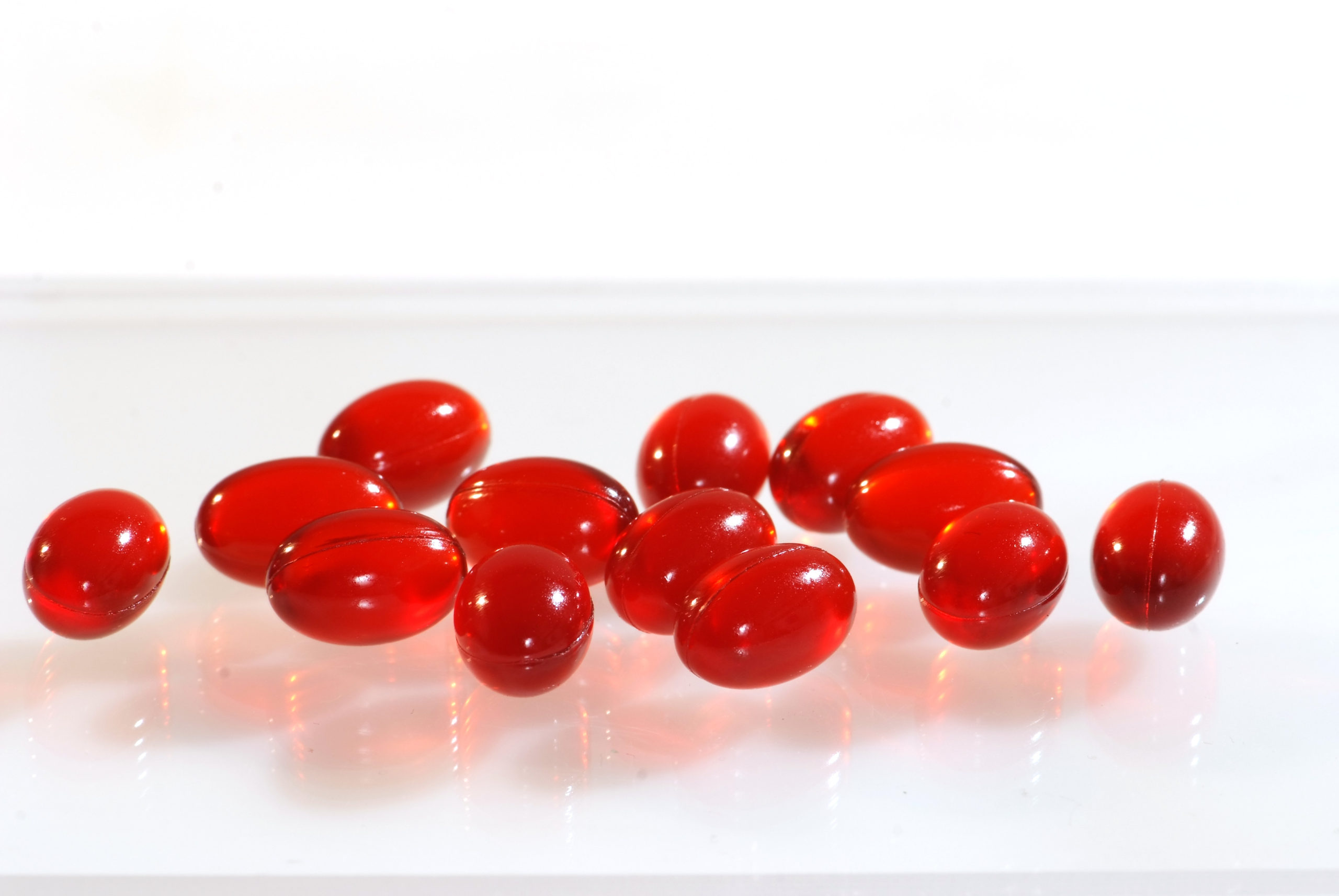UK farming and the rural economy has seen many changes over the past 35 years. The global market, the growth of the retail food giants and technological improvement has driven agriculture forward. Farms have grown in size and scale – developing businesses where enterprise seizes every opportunity to grow. Alongside this, smaller farms have changed through innovative diversification, driven by passion and belief in great product. Behind this though is the stark fact that all these farms – whether large or small are responding to the need to remain viable.
At Devereux farm we started to grow sea buckthorn as a means of looking for future viability. In 2002 our dairy herd was sold in a falling milk price market. It is sad to see this trend has increased with numbers of UK herds dropping by half to less than 10,000. The loss of our milking herd left a vacuum that we needed to fill and as farmers the desire to fill it with a natural, wholesome food product was desirable.
2005 saw the introduction of exotic fruits such as noni, gogi, and acai into the US consumer market. These fruits had by analysis high levels of nutrients and traditional medicinal use associated with health benefit. Sea buckthorn at that time was a northern hemisphere version of these exotic fruits.
The subject of high nutrient content is difficult. Nutrient content is variable based on climate and the environment where the food is grown. The sea buckthorn that we grow is not grown in the extreme climate of its native Siberia. It is however of a genetic ecotype that has a capacity to produce a fruit with higher than normal levels of nutrients.
Harnessing genetic ecotype and providing growing conditions to provide a healthy plant is the basis for the success of our 2018 harvest.
Sea buckthorn has been widely studied and many research papers are published through a great series of books edited by Prof. Virendra Singh. Volume 2 of this series, on biochemistry and pharmacology exposes the nutrient diversity within sea buckthorn from around the globe. High levels of vitamins A, B, C, E; omega fatty acids; flavonoids; sterols, polyphenols alongside minerals are all present, but what we need to find is what is typical in our fruit.
All fruit has a capacity to add to a healthy diet. None provide an all-encompassing health silver bullet, but it is helpful to understand nutritional strengths, and to the grower these can be used to create credible standards of quality for consumers to judge on their merits.
With this in mind, this year we are developing crop trials alongside a highly respected UK horticultural institute to analyse our methods and fruit to start to move towards being able to create those credible standards.


